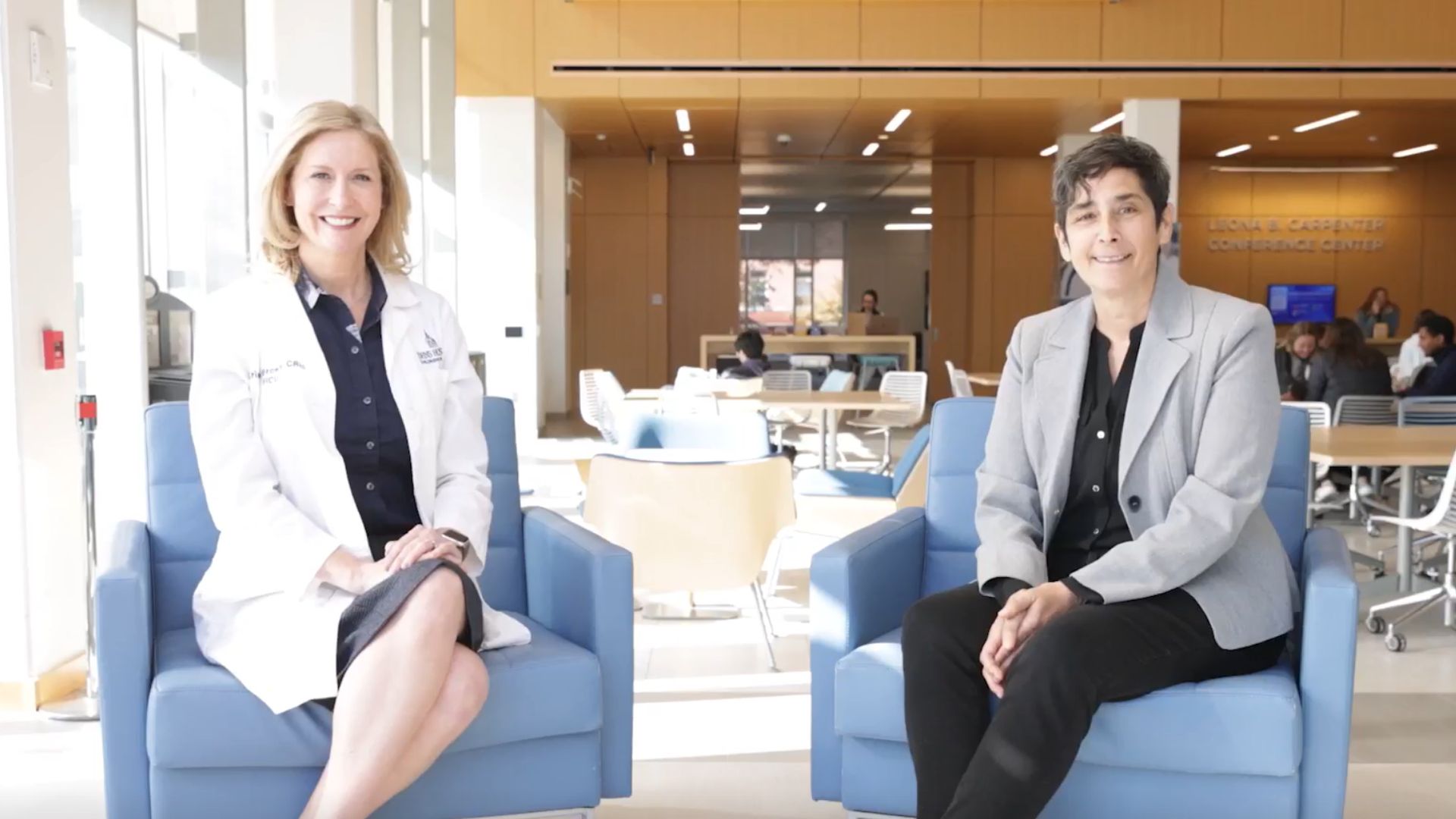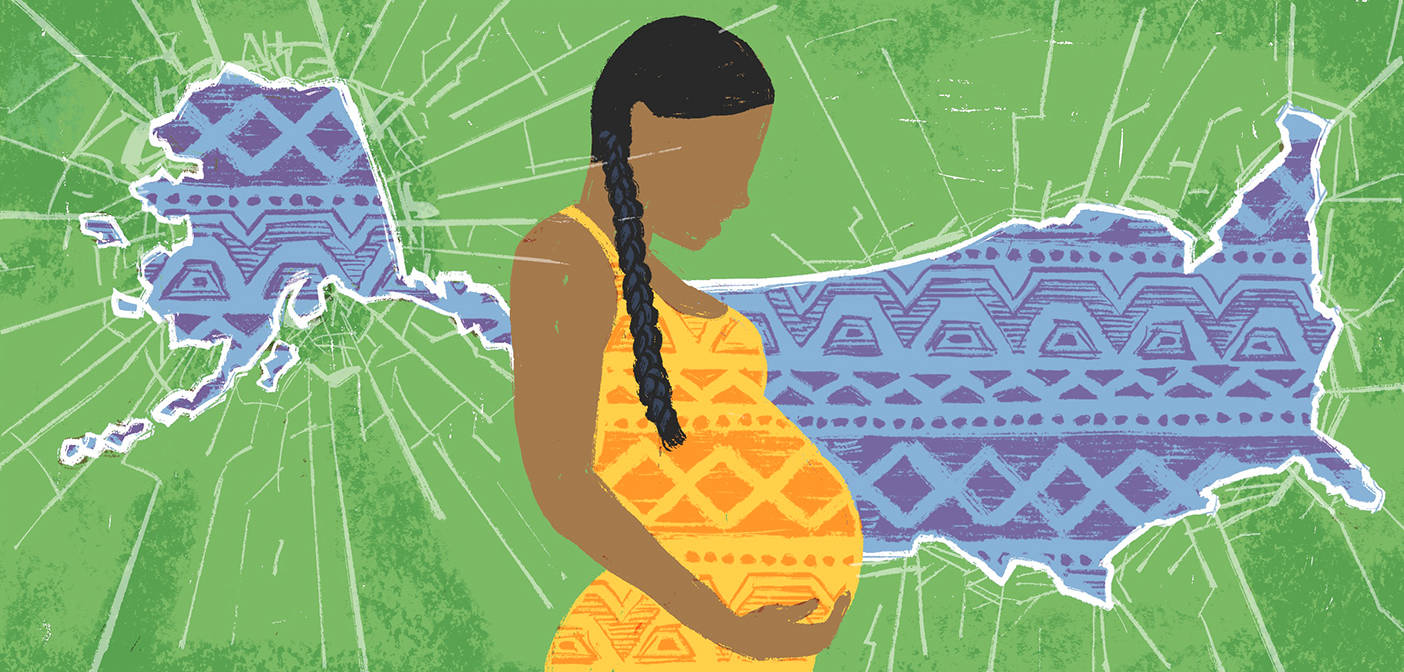The Ethics of HPV Vaccination in Adolescents and the Role of Providers
When I was young I remember hearing the adults around me commenting as we played, “maybe he’ll be a doctor one day!” or “maybe she’ll discover the cure for cancer!” Upon coming to nursing school, much to my surprise, only 25 plus years later, we have a cancer vaccine. They did the thing our parents dreamed we might do. So why aren’t we celebrating?
According to the CDC, while most HPV infections are asymptomatic and resolve spontaneously, persistent infections with oncogenic strains have been found to cause vaginal, vulvar, penile, oropharyngeal, and anal cancers. Low-risk strain infections cause genital warts, laryngeal papillomas, and low-grade cervical abnormalities. Beginning in 2006, the FDA approved a highly effective HPV vaccine that has been found to be 97 percent effective in certain HPV related cancers. But, unlike other recommended childhood vaccines, this one protects against a virus that is sexually transmitted and thus carries with it a unique set of stigmas, fears, and cultural/religious considerations for parents of children within the recommended age range (9-14 years old). Even so, I would argue that it is our ethical obligation as health care professionals to educate ourselves and our patients and to advocate for the utilization of this woefully underused vaccine.
In our culture, sexuality and healthy sexual behavior continue to be tied closely to shame. The HPV vaccine has suffered because of its ties to a subject that many find difficult to broach for themselves let alone for their children. The opposition to this vaccine mainly falls into two categories:
- A lack of knowledge/misunderstanding of the vaccine’s risks/benefits
- A fear that it will encourage adolescent sexual activity and/or undermine abstinence-only philosophies
It could be argued that according to the principle of autonomy and liberty, parents have the right to decide and to pursue for their children what they believe is best according to their own beliefs or values, if they do not deprive others in their efforts. Rawl’s theory of justice and Nozick’s theory of libertarianism may be called on as they hold liberty above all else and define social good as the respect of persons and their freedoms.
Still, while autonomy, liberty, and respect for the cultural/religious beliefs of families are paramount, as practitioners we have a moral and ethical obligation to educate and promote the use of this vaccine in adolescents based on the principles of beneficence, non-maleficence, and the emerging autonomy of the adolescent. By advocating for vaccination, a primary prevention, as opposed to solely relying on cervical cancer screening, a method of secondary prevention and an oft cited reason to forgo the vaccine, we have a clear opportunity not only to “do no harm,” but to actively do good by preventing future harm.
Provision 4 of the ANA code of ethics outlines the expectation that nurses will be experts in their areas of practice. As the primary administrators of vaccinations, it is our responsibility to know that the HPV vaccine is recommended in young people not only to preempt the first sexual encounter, but also because receiving the vaccine within the recommended age range offers greater immunogenicity. We need to know that studies have found that there is no link between the HPV vaccine and an increase in sexual activity, and we need to be able to hold meaningful and respectful conversations with parents about those findings and other crucial details, such as risks and contraindications, that can help them make fully informed decisions. These known risks and benefits obligate attention in accordance with the nursing commitment to beneficence and non-maleficence.
Additionally, provisions 2 and 3 of the ANA code of ethics remind us that as nurses we have a foundational commitment to the interests of our patients and to advocate on their behalf. While we must consider the autonomy of the caregivers and the trust relationship we are building with them, our commitment to the child and their future health status is equally important. Out of respect for the adolescent’s emerging autonomy and right to excellent comprehensive health care that benefits them rather than harms them, we must serve as their advocates at the micro level in conversations with their parents, but also at a macro level by fighting stigma, staying up to date on the latest developments, promoting utilization, and preparing ourselves to engage in those often challenging encounters. It is our duty to bring this unmentionable vaccine out of the shadows. After all, in the light, it looks a lot like the cure for cancer of which we have always dreamed.
ABOUT THE AUTHOR: MONICA GHALI
 Monica Ghali, MSN, RN, worked in the non-profit and communications fields respectively before finding her way to nursing. After graduating from the Johns Hopkins MSN (Entry Into Nursing) Program in August 2017, she began working as a registered nurse in the Emergency Department at Sibley Memorial Hospital in Washington, DC.
Monica Ghali, MSN, RN, worked in the non-profit and communications fields respectively before finding her way to nursing. After graduating from the Johns Hopkins MSN (Entry Into Nursing) Program in August 2017, she began working as a registered nurse in the Emergency Department at Sibley Memorial Hospital in Washington, DC.

 From Health at Home to ICU, Pediatric Nurse Practitioners Talk About the Care Continuum
From Health at Home to ICU, Pediatric Nurse Practitioners Talk About the Care Continuum Heart Health in Native Populations
Heart Health in Native Populations DAISY Awards Spring 2023
DAISY Awards Spring 2023 Cynda Rushton Earns AACN Award for Distinguished Career
Cynda Rushton Earns AACN Award for Distinguished Career Fannie Gaston-Johansson Faculty of Excellence Program
Fannie Gaston-Johansson Faculty of Excellence Program







